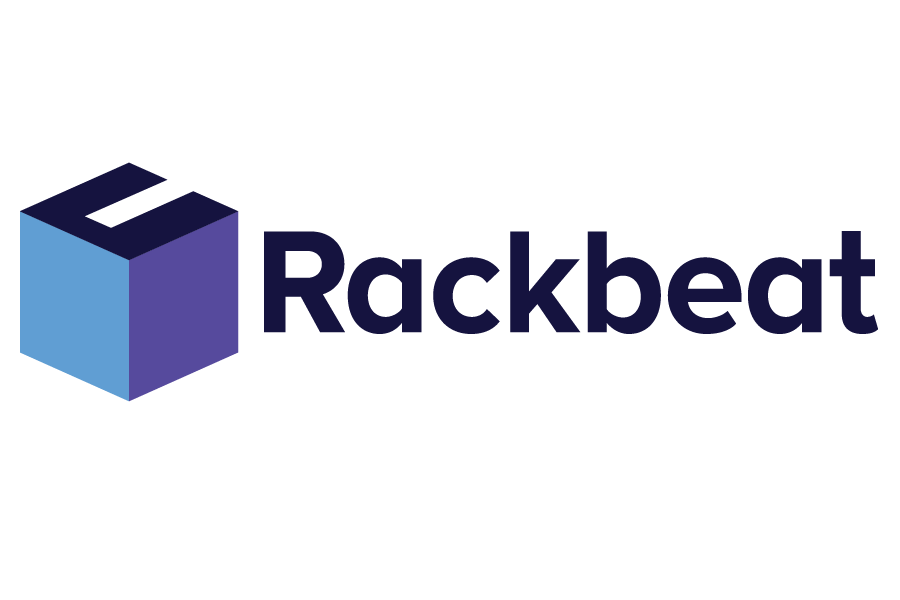RFID Picking Solutions
RFID picking solutions (Radio Frequency Identification) are warehouse management systems that utilize RFID technology to optimize and automate the picking process. By using RFID tags and RFID scanners, businesses can wirelessly identify and track items, increasing speed, accuracy, and efficiency in warehouse operations.
Rackbeat February 7, 2025
How Do RFID Picking Solutions Work?
Unlike traditional picking methods, where barcodes must be manually scanned one at a time, RFID uses radio waves to automatically read multiple items simultaneously.
An RFID picking system consists of:
📌 RFID tags – Small electronic chips attached to items or containers, containing unique product data.
📌 RFID scanners – Handheld or stationary devices that read tags wirelessly without direct contact.
📌 Warehouse Management System (WMS) – Software that synchronizes RFID data and guides pickers in real-time.
As a warehouse worker moves through the facility, the RFID scanner automatically registers the products to be picked, eliminating the need for manual scanning and reducing picking errors.
Advantages of RFID Picking
✅ Faster Picking – RFID technology allows multiple items to be identified simultaneously, eliminating the need for manual scanning. While barcodes require direct scanning with a handheld device, an RFID scanner can read all items in a given area at once. This significantly reduces picking time.
Example: A warehouse worker who would normally scan 100 items one by one with a barcode scanner can instead read them all at once using an RFID scanner.
✅ Fewer Errors – RFID picking minimizes the risk of errors, as the system automatically verifies that the correct items have been picked. The RFID scanner can immediately alert the worker if an incorrect item is about to be selected.
Benefit: This reduces the need for manual verification and returns of incorrect shipments, saving time and costs.
✅ Efficient Inventory Management – RFID provides an accurate and real-time overview of inventory levels. The system automatically records when items are picked, moved, or replenished, ensuring that inventory data is always up to date.
Benefit: Businesses can avoid overstocking or stockouts by maintaining an accurate inventory balance.
✅ Reduced Labor Costs – Since RFID eliminates the need for manually scanning each individual item, employees can work more efficiently. This may result in fewer staff required for picking operations or the ability to allocate resources to other tasks.
Benefit: The warehouse can handle more orders with the same workforce, increasing productivity.
✅ Improved Traceability – Each RFID tag has a unique identifier, making it possible to track an item from receipt to shipment. This is particularly important in industries such as pharmaceuticals, food production, and electronics, where precise traceability is critical.
Benefit: Reduces the risk of theft, misplaced goods, and incorrect shipments.
✅ Contactless Scanning = Less Wear and Tear – Unlike barcode scanners that require a direct line of sight to read a code, RFID readers can scan through packaging, boxes, and shelves. This results in less wear on scanners and fewer errors caused by damaged barcodes.
Benefit: RFID scanners have a longer lifespan and require less maintenance.
RFID Picking in Practice – Is It Right for Your Business?
Before implementing RFID picking in your company, it’s essential to evaluate whether the technology aligns with your needs, warehouse operations, and industry requirements. RFID offers significant benefits in terms of speed and accuracy, but it also requires an investment in hardware and integration with your warehouse management system.
When Does RFID Picking Make Sense?
✅ High Picking Volume – If your business processes a large number of daily picks, RFID can reduce the time needed to identify and register items.
✅ Small or High-Value Items – RFID is ideal for precision-focused industries such as pharmaceuticals, electronics, or high-end retail, where traceability and accuracy are critical.
✅ Need for Full Traceability – RFID makes it easy to track where items are located in the warehouse, which benefits businesses with complex supply chains.
✅ Automation and Scalability – If you’re looking to optimize warehouse operations and order management for future growth and minimize manual processes, RFID is a powerful tool.
When Is RFID Not the Right Solution?
❌ Low Picking Volume – If your business only handles a few daily picks, barcode scanning may be a more cost-effective solution.
❌ Products That Interfere with Signals – RFID signals can struggle to penetrate metal or liquids, which may create reading challenges.
❌ High Initial Costs – RFID requires investment in tags, scanners, and software integration. If your current processes are already efficient, the costs may outweigh the benefits.
How Can Rackbeat Help?
If your business is considering implementing RFID picking, Rackbeat can integrate with RFID scanners to create a streamlined and automated picking process. Our warehouse management system (WMS) ensures that RFID data is synchronized in real-time, giving you accurate inventory insights at all times.
🔗 Learn more about our hardware solutions here:



